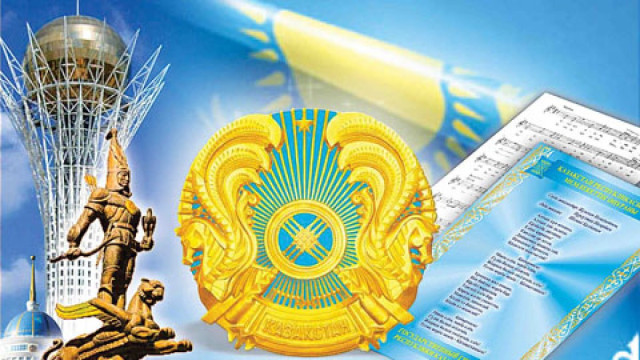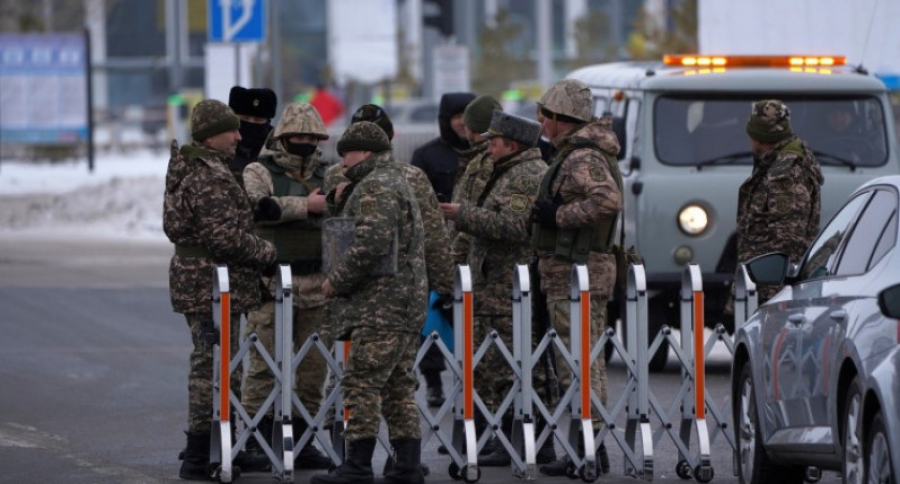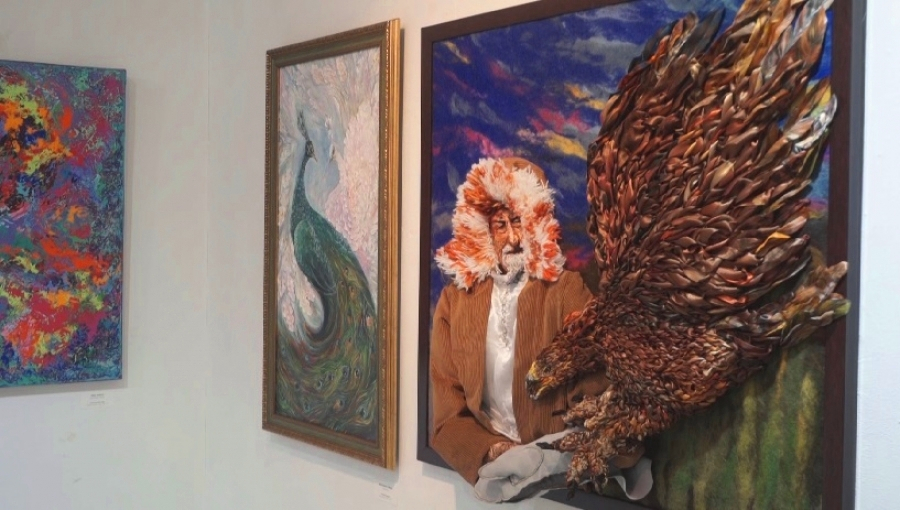
A unique comparative exhibition
titled ‘Jewelry Art’ in Astana showcased the history of ancient civilizations
through the adornments of the peoples of Central Asia and South Caucasus. The
exhibition featured over 300 works by craftspeople, vividly illustrating the
national identity, uniqueness, and cultural richness of the inhabitants of
these regions in the late 19th and early 20th centuries. Prior to the event,
all exhibits from a private collection underwent restoration, as stated by the
National Museum staff. Despite the unique nature of each jewelry piece, they
reflect a shared artistic style and such techniques as filigree, engraving, and
wirework. At the same time, these items exemplify a connection to the
traditions, rituals, and customs of the peoples. This is evidenced by such
items as women’s breast pendants, earrings, bracelet-rings, and various
headdresses made of silver, gold, and other metals. The exhibition will run
until April 7.
“The exhibition aims to
demonstrate the interaction and mutual enrichment of cultures and peoples of
Central Asia, Kazakhstan, and the South Caucasus. We wanted to showcase the
unity of techniques and decoration applied by all jewelers. At the same time,
they all have some distinction. For instance, jewelry from the West Kazakhstan
region tends to be massive, large, and heavy, whereas pieces from Turkmenistan
are bright and decorated with glass, greens, fabric, and others. The Caucasian
style is characterized by blackening and enamel,” said Togzhan Adilbekova,
spokesperson for the National Museum of Kazakhstan.









